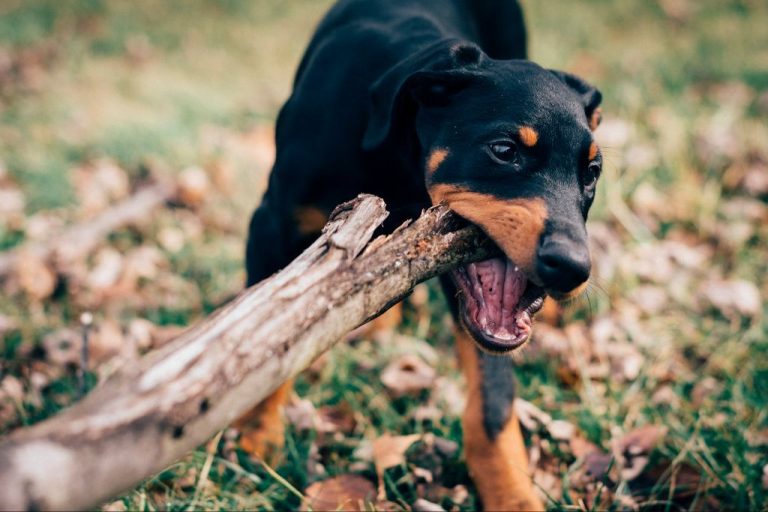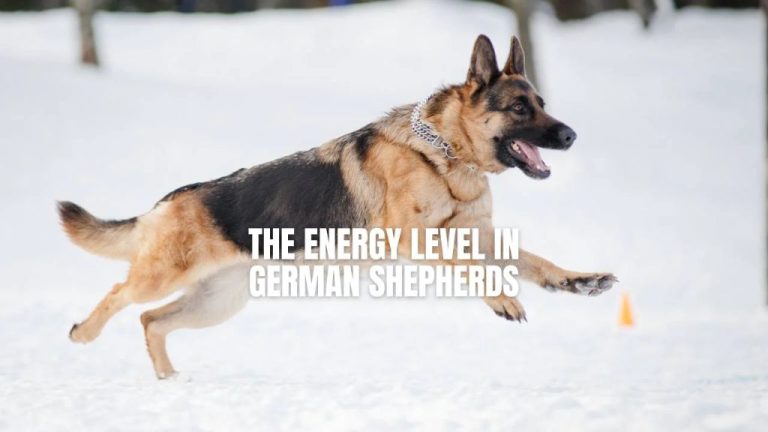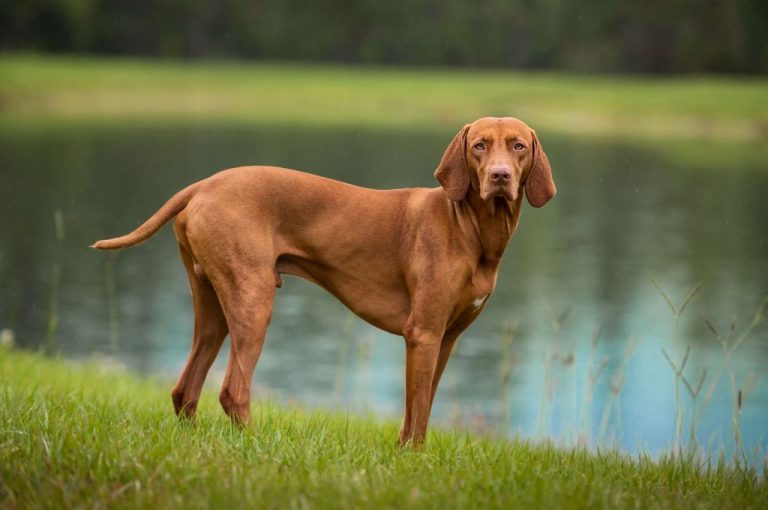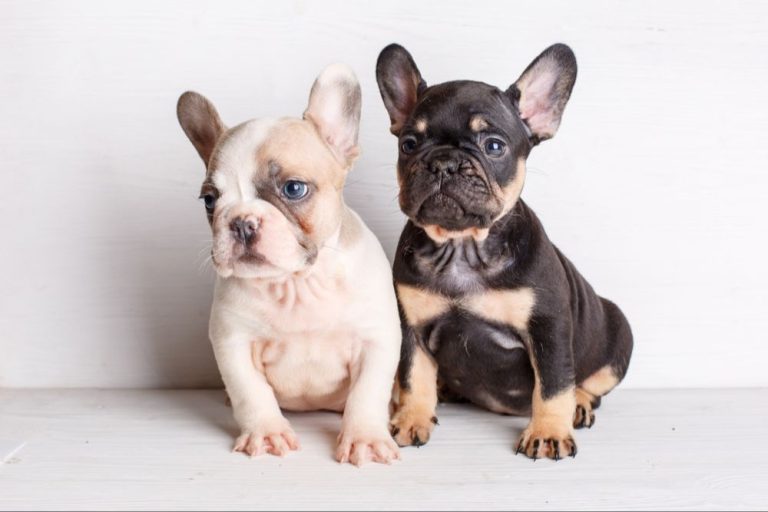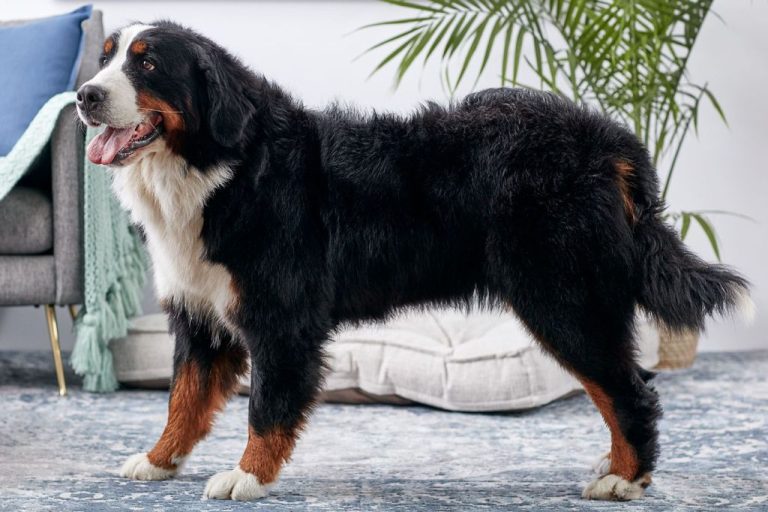Siberian Husky: Traits And Characteristics Of A Northern Breed
The Siberian Husky is an ancient breed with a long and fascinating history. Originating in northeastern Siberia, the husky was developed by the Chukchi people, who depended on the breed’s strength and stamina to power and transport sleds on hunting and travel expeditions. These nomadic indigenous people developed the hardy working dog to survive and thrive in the harsh Arctic climate. For more than 1,000 years the Chukchi bred huskies that excelled in pulling light loads long distances in frigid temperatures (1).
Today, the Siberian Husky remains an energetic and active breed with a strong instinct to run and pull. They are highly intelligent and sociable dogs, known for their striking looks featuring erect ears, thick coats, and piercing blue or multi-colored eyes. While they make loyal pets, huskies require consistent training, exercise, and supervision from an experienced owner. Their mix of playfulness and work ethic can make Siberian Huskies excellent companions for active families.
(1) https://huskydomain.tripod.com/history1.htm
Appearance
Siberian Huskies are medium-sized dogs with a compact, muscular build and thick, fluffy double coat that helps insulate them in cold climates. According to the American Kennel Club, typical height ranges from 20 to 23.5 inches for males and 20 to 22 inches for females. Weight usually falls between 35 to 60 pounds.
They have a fox-like face with almond shaped eyes that commonly range from blue to brown and can also be bi-eyed. Siberian Huskies have prick, triangular shaped ears and a plush, furry tail that curves over their back [1]. Their paws are compact with thick fur between the toes to help grip on ice, known as snow shoes.
Siberian Husky coats come in a variety of colors like black, white, gray, copper red, or agouti (alternating dark and light banding of individual hairs). Markings can be piebald, spotted, or brindle. Common coat patterns are black & white, copper & white, grey & white, pure white, and agouti & white.
Temperament
Siberian Huskies are renowned for their friendly, alert, energetic, mischievous, and intelligent temperament. They are pack dogs at heart and crave companionship, whether human or canine. Huskies are very social and most do well with other dogs when properly socialized from a young age. They thrive when included in family activities.
Huskies are highly alert and observant. Their keen intelligence allows them to assess situations quickly. They like to be aware of their surroundings and know what’s going on around them. Huskies are quite talkative and often “speak” with howls, moans, and barks to communicate.
Siberian Huskies have seemingly endless energy reserves. They are always ready for action and need a sufficient outlet for their high energy levels through regular exercise and activity. Without enough exercise, Huskies may become mischievous or destructive out of boredom. Their lively, energetic spirit makes them wonderful adventure companions.
While independent thinkers, Huskies are people-oriented and aim to please their owners. With positive reinforcement training that accounts for their intelligence and free-spirited nature, Huskies can learn quickly. Their smarts combined with playfulness may make them prone to testing boundaries, so consistency is key in training.
Exercise Needs
Siberian Huskies have very high exercise needs due to their heritage as sled dogs bred to run long distances in frigid environments. They require daily vigorous exercise to remain happy and healthy.
The recommended amount of exercise for an adult Siberian Husky is 30-60 minutes per day. Puppies and younger dogs will need less exercise as they grow. Huskies also benefit mentally and physically from having a job or task to perform, such as sled pulling, hiking, or canicross.
Huskies need more than just a short daily walk. They require intense exercise that allows them to run at full speed and burn off their energy. Without enough exercise, Huskies may become destructive or develop problem behaviors.
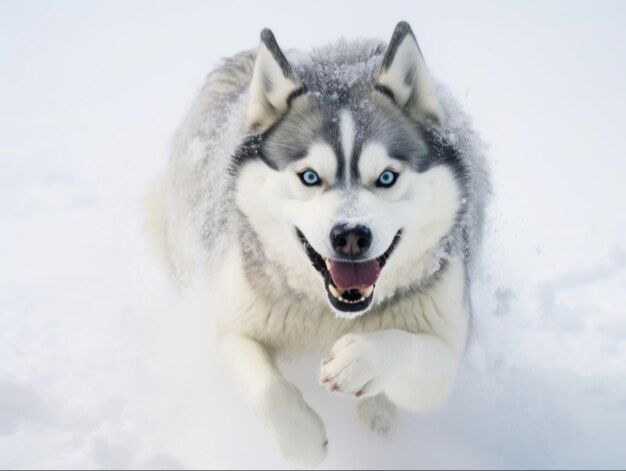
Some good activities for providing a Husky with sufficient exercise include long walks, hiking, jogging, cycling, swimming, and playing fetch or tug-of-war. Owners must be prepared to provide their Husky with strenuous daily exercise in order to keep this energetic working breed satisfied.
Thanks to their sled pulling ancestry, Huskies also enjoy and excel at dog sports like sledding, skijoring, bikejoring, carting, and weight pulling. These activities are a great way to give a Husky an outlet for their strength and endurance.
Training
Siberian Huskies are highly intelligent but can be stubborn when it comes to training. They respond best to positive reinforcement techniques as opposed to punishment-based methods. Early socialization and obedience training is highly recommended starting from 8-12 weeks old [1].
Due to their strong-willed nature, Siberian Huskies require a confident trainer who can establish themselves as the pack leader. Setting clear boundaries and being consistent is key. Training should involve short, engaging sessions to hold the Husky’s interest and prevent boredom. Plenty of praise and treats keeps them motivated to obey commands.
Common training challenges include pulling on leash, high prey drive, and recall. But with time and dedication, Siberian Huskies can become well-trained companions. It’s important to start training early and have realistic expectations for this free-spirited working breed. Their intelligence allows Huskies to excel in agility, obedience trials, and other canine activities when properly trained.
Grooming
Siberian Huskies are heavy shedders and blow their undercoats twice a year during seasonal changes. Frequent brushing is essential, especially during spring and fall when they shed the most. Daily brushing can help manage all the loose fur they shed.
Use a slicker brush at least once a week to remove dead hair and distribute skin oils. A de-shedding tool can help pull out loose undercoat hairs. Regular bathing is typically only needed every couple months or when the dog gets dirty, since overbathing can dry out their skin. Occasional baths using a mild shampoo will keep their coat clean and manage dander.
Pay extra attention to brushing their thick double coats during shedding season in spring and fall. Mats can form around the ears, legs, and tail if neglected. Checking for mats weekly and using a de-matting comb to gently work them out will prevent irritation. Proper grooming is essential for this heavy shedding northern breed.
According to pethelpful.com and wikihow.com, regular brushing, bathing when needed, and extra grooming during seasonal shedding are key for maintaining a Siberian Husky’s coat.
Health
Siberian Huskies are generally a healthy breed with an average lifespan of 12 to 14 years, according to PetMD. However, there are some common health issues to be aware of.
Hip dysplasia is one of the most common health problems seen in the breed, which can lead to loss of function and arthritis. According to Canna-Pet, around 20% of Siberian Huskies have hip dysplasia. Responsible breeders will screen for this.
Huskies are also prone to a variety of eye problems including cataracts, corneal dystrophy, and progressive retinal atrophy. It’s important to have a vet regularly check their eyes. The breed is at higher risk for hypothyroidism and certain cancers as well.
With proper care and attention to their health needs, the average Siberian Husky has the potential to live a full life within their normal lifespan range.
Nutrition
Siberian huskies were bred to work and run long distances on little food. Therefore, they typically require less food than some other breeds of a similar size. According to Pet Care Rx, the average Siberian husky will need between 1.5 to 2.5 cups of high-quality dry food per day, divided into two meals (Source).
It’s important to feed your husky a diet specifically formulated for high-energy, hard-working dogs. Look for a food that has a good amount of protein (25% or more) from quality animal-based sources. Fat should make up around 15% of their diet to help fuel their active lifestyle. What Do Siberian Huskies Eat also recommends choosing a food with glucosamine and chondroitin to support joint health (Source).
The amount you feed will depend on your dog’s age, activity level, and individual metabolism. Monitor your husky’s body condition and adjust food amounts as needed to keep them lean and fit. Puppies and adolescents will require more calories for growth. Be careful not to overfeed this breed.
As Pets
Siberian Huskies are known to be good with children. Their friendly and gentle temperament makes them patient and playful companions for kids. According to the American Kennel Club, “A well-trained, well-socialized Husky does well with children” (source: Siberian Husky – Dog Breed of The Month). However, it’s still important to supervise interactions between children and dogs.
While they can be great family pets, Siberian Huskies may be challenging for first-time dog owners. They are highly intelligent, energetic, and independent – which can make them more difficult to train and handle. Owners need to commit plenty of time for exercise, training, and interaction (source: Best Reasons to Get a Siberian Husky). Otherwise, Huskies may exhibit destructive behaviors from boredom and excess energy.
Due to their strong prey drive, Siberian Huskies should be supervised around smaller pets. Their instincts to chase may kick in when they see a cat, small dog, or other furry critter. Proper socialization from a young age can help curb this tendency. Still, owners are advised to use caution when introducing a Husky to the household pets.
Finding a Responsible Breeder
Finding a responsible breeder is one of the most important steps in getting a Siberian Husky puppy. Here are some tips on what to look for and questions to ask:
A responsible breeder will:
– Have experience and expertise with the breed (cite: https://www.shca.org/breeder-referral)
– Be able to provide health clearances proving the puppy’s parents have been tested for genetic diseases common in Siberian Huskies. Required tests include hip dysplasia, eye disease, and thyroid disease.
– Breed to match the breed standard and improve the breed, not just for profit or produces lots of puppies. They should be breeding for health and temperament.
– Ask you lots of questions to ensure you are ready for a Siberian Husky puppy. A good breeder cares where their puppies end up.
– Be open to visits, answer your questions, provide references, and support new owners.
You should avoid breeders who:
– Have multiple litters available or breed many unrelated dogs. This is a sign of irresponsible breeding and puppy mills (cite: https://www.adoptahusky.com/education/where-to-find-a-dog/breeder)
– Don’t do health testing or provide proof of clearances.
– Pressure you to put down a deposit or make a quick decision.
– Can’t provide info on the puppy’s parents or living conditions.
– Seem focused on making money over breeding quality, healthy dogs.
Taking the time to find a responsible breeder is worth it! It helps ensure a healthy, well-socialized Siberian Husky puppy. Consider reaching out to the Siberian Husky Club of America for reputable breeder referrals in your area (cite: https://www.shca.org/breeder-referral).

